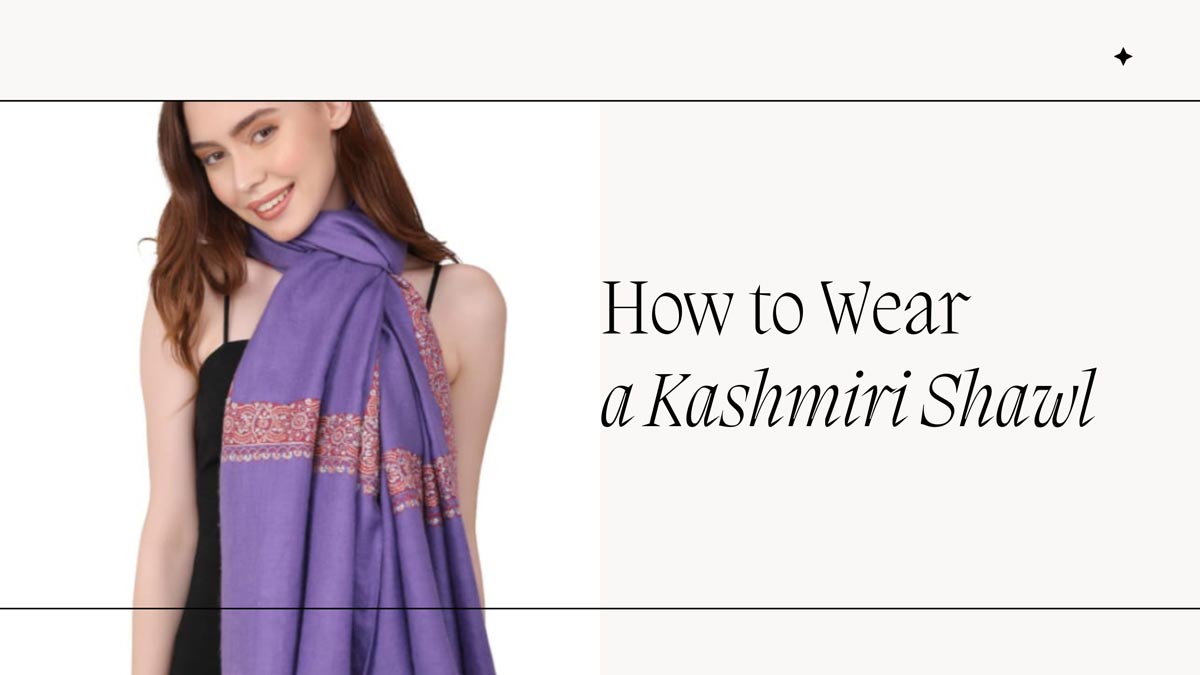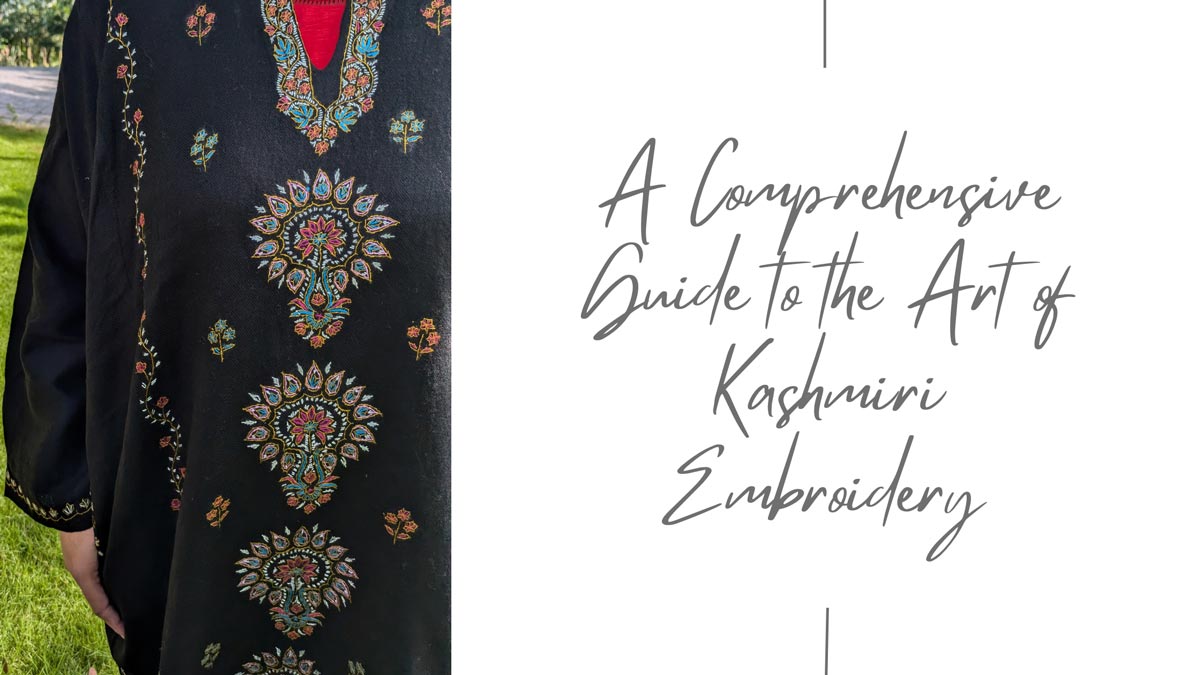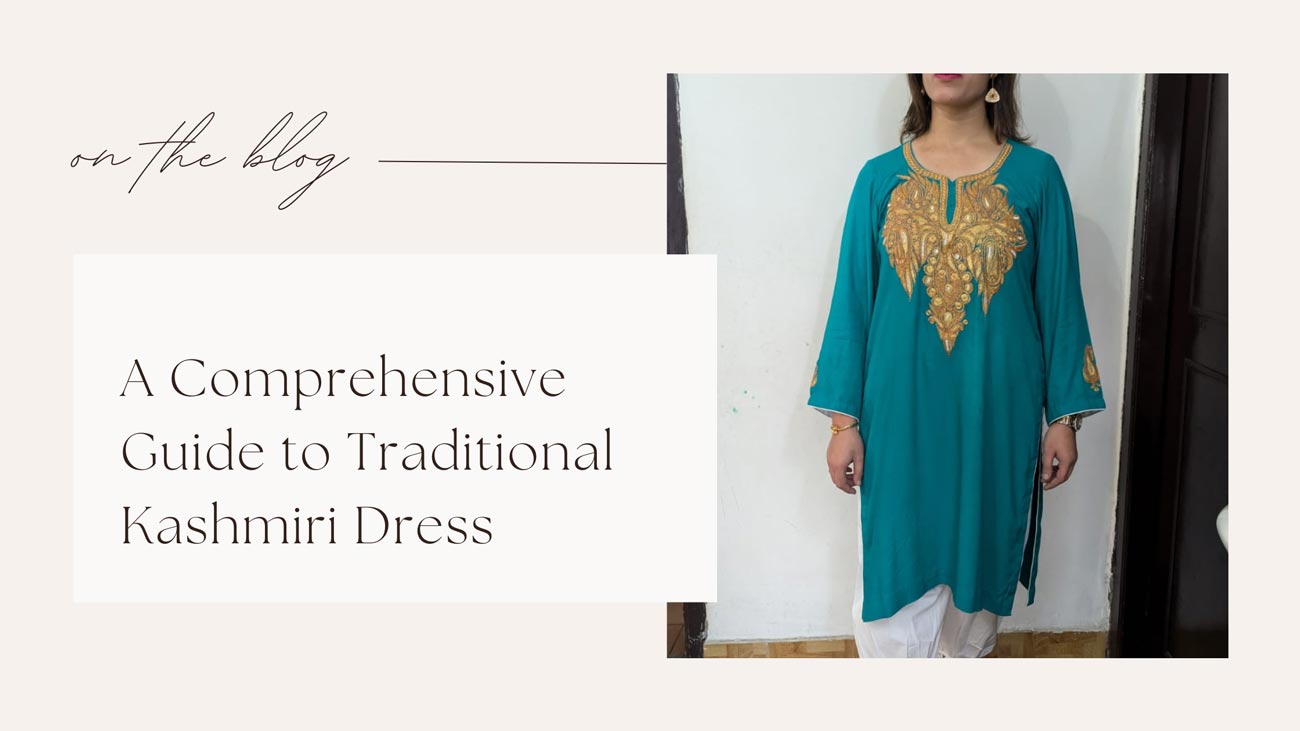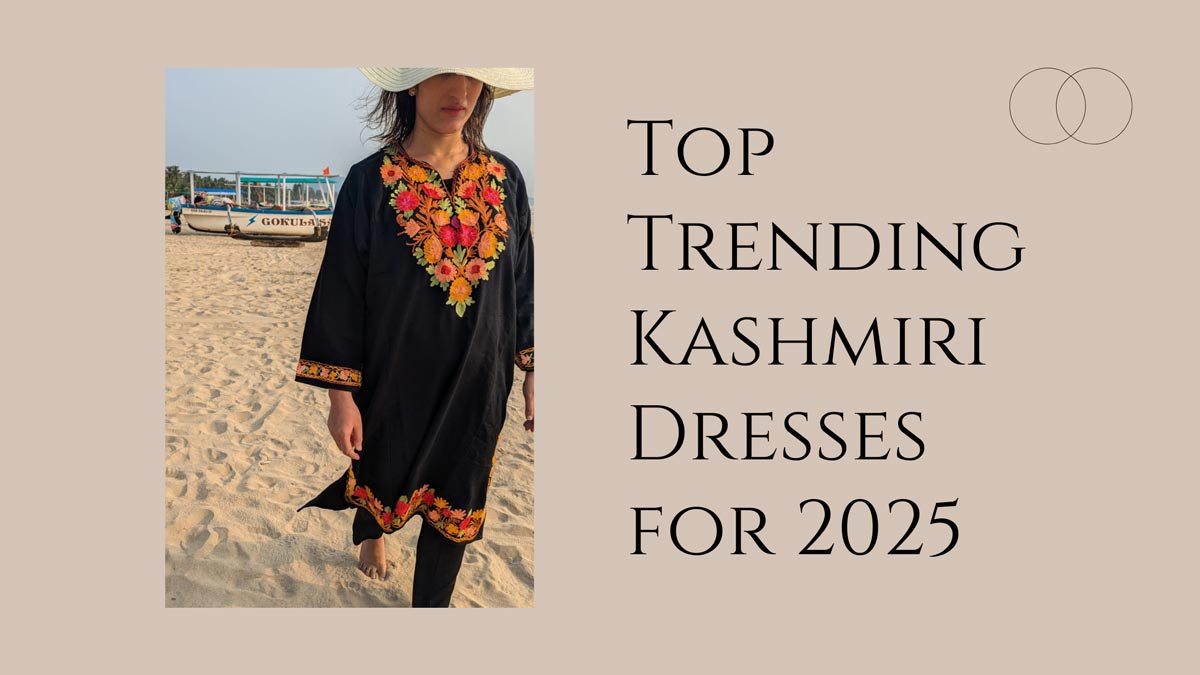
Shawls are a beautiful way to add warmth, elegance, and style to your outfit. Known for their versatility and timeless appeal, shawls can be worn in a myriad of ways to suit different occasions, outfits, and moods. Whether it’s a Kashmiri Pashmina or a woolen wrap, learning how to wear a shawl can elevate your look and provide you with a go-to accessory for every season. In this comprehensive guide, we’ll delve into various ways to wear shawls, share styling tips, and explore options for choosing the right shawl for your needs.
Why Wear a Shawl?
Wearing a shawl is more than just staying warm; it’s a statement of style and tradition. Shawls are often crafted from luxurious fabrics like wool, silk, cashmere, and Pashmina, which have distinctive textures and qualities. They add elegance to casual wear and a touch of sophistication to formal attire, making them suitable for all types of occasions.
Types of Shawls and Their Fabrics
Choosing the right shawl depends greatly on the type of fabric, as each has its own feel, weight, and drape. Below are the popular types of shawls and their characteristics.
1. Pashmina Shawls
Pashmina shawls are luxurious and highly sought-after due to their softness and warmth. Made from the wool of Pashmina goats, they’re incredibly lightweight yet provide excellent insulation.
2. Woolen Shawls
Wool shawls are known for their warmth and durability. They come in various thicknesses, suitable for both moderate and cold climates. Merino wool, cashmere, and alpaca wool are among the premium options for woolen shawls.
3. Silk Shawls
Silk shawls are delicate, smooth, and ideal for evening wear. Although they may not provide as much warmth as woolen shawls, they bring a touch of elegance with their subtle sheen.
4. Synthetic Blends
For more budget-friendly options, synthetic blends provide the look of traditional shawls without the high cost. These can often be found in various patterns and colors but may lack the warmth of natural fibers.
How to Wear a Shawl: Styles for Every Occasion
Below are different ways to style your shawl, perfect for both casual outings and formal events.
1. The Classic Drape
The classic drape is one of the easiest ways to wear a shawl. Drape the shawl over your shoulders, allowing it to hang evenly on both sides. This style works well with formal dresses, skirts, or trousers and adds a touch of elegance.
- Best For: Evening gowns, cocktail dresses
- Occasions: Weddings, formal dinners
2. The One-Shoulder Drape
For an asymmetrical look, drape the shawl over one shoulder. This style allows you to show off the intricate designs on one side of the shawl and is perfect for casual and semi-formal wear.
- Best For: Casual and semi-formal events
- Occasions: Art galleries, brunch
3. The Belted Wrap
To create a more structured look, try belting the shawl around your waist. Drape it over your shoulders and secure it with a slim belt. This style not only keeps the shawl in place but also accentuates your waist.
- Best For: Business casual, smart-casual wear
- Occasions: Work meetings, casual gatherings
4. The Loop Around
For extra warmth, loop the shawl around your neck. Fold the shawl lengthwise, place it behind your neck, and pull both ends to the front. Twist it once and pull the ends through the loop.
- Best For: Winter wear, outdoor events
- Occasions: Walks, outdoor festivities
5. The Cape Style
The cape style is simple and chic. Drape the shawl over your shoulders and let it hang freely. You can secure it with a brooch if desired.
- Best For: Dresses, tops, and coats
- Occasions: Evening events, outdoor dinners
6. The Knotted Shawl
To achieve a knotted shawl look, drape the shawl around your neck and tie the ends into a simple knot. It provides a modern touch and helps keep the shawl secure.
- Best For: Casual and smart-casual outfits
- Occasions: Day trips, coffee outings
7. The Head Wrap
For those seeking a more unique style, wear the shawl as a head wrap. Place the center of the shawl on your head, bring the ends forward, and tie a knot under your chin or at the nape of your neck.
- Best For: Traditional and bohemian styles
- Occasions: Cultural events, religious gatherings
Shawl Styling Tips for Different Body Types
When styling a shawl, consider your body type to find a look that enhances your natural features.
For Petite Figures
Opt for lighter, smaller shawls that don’t overwhelm your frame. Avoid large, heavy shawls that may appear bulky.
For Curvy Figures
Choose soft, flowing shawls that drape nicely and avoid tying the shawl too tightly around the waist. Belted styles work well to add structure.
For Tall Figures
Experiment with larger, patterned shawls that make a bold statement. Tall figures can carry heavy shawls gracefully, so feel free to explore with larger Pashmina or woolen shawls.
Choosing the Right Shawl for Every Season
Winter
Opt for thicker, warmer shawls like wool or cashmere. Shawls in neutral tones like grey, black, or beige pair well with winter coats.
Summer
Lightweight shawls in silk or linen are best for the warmer months. Pastel shades and floral patterns add a refreshing touch to your summer wardrobe.
Autumn
As the weather cools, choose medium-weight shawls in earthy tones such as browns, oranges, and deep reds to match the season’s colors.
Spring
Bright-colored or floral shawls in lightweight fabrics like silk or Pashmina work well for spring. These shawls add vibrancy to your outfit.
Care and Maintenance Tips for Shawls
Proper care ensures your shawl stays beautiful and functional for years to come. Here are some essential care tips:
- Hand Wash or Dry Clean
For delicate fabrics like Pashmina and silk, hand wash in cold water with mild detergent or get them dry-cleaned to prevent damage. - Store Properly
Avoid hanging shawls for long periods, as this can distort their shape. Store them folded in a cool, dry place, preferably in a breathable fabric bag. - Avoid Direct Sunlight
Excessive sunlight can fade the colors of your shawl. Always store your shawl in a shaded area. - Use Cedar Blocks or Lavender
Natural repellents like cedar blocks or lavender sachets help keep moths away from woolen shawls.
Conclusion
Mastering the art of wearing a shawl not only enhances your style but also connects you to a tradition that spans cultures and generations. With these styling ideas, you can make your shawl a versatile accessory for any season or occasion. Whether it’s a cozy woolen shawl for winter or a delicate silk wrap for summer, let this guide inspire your next outfit and add timeless elegance to your wardrobe.



